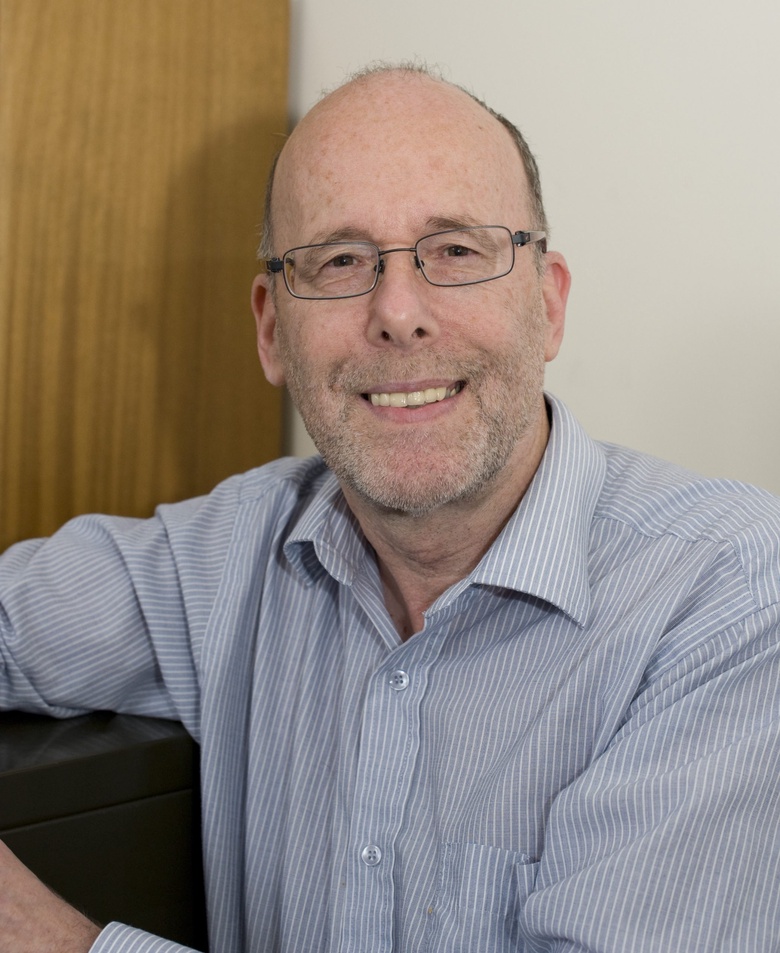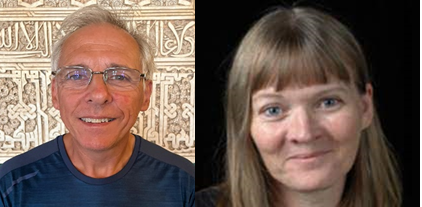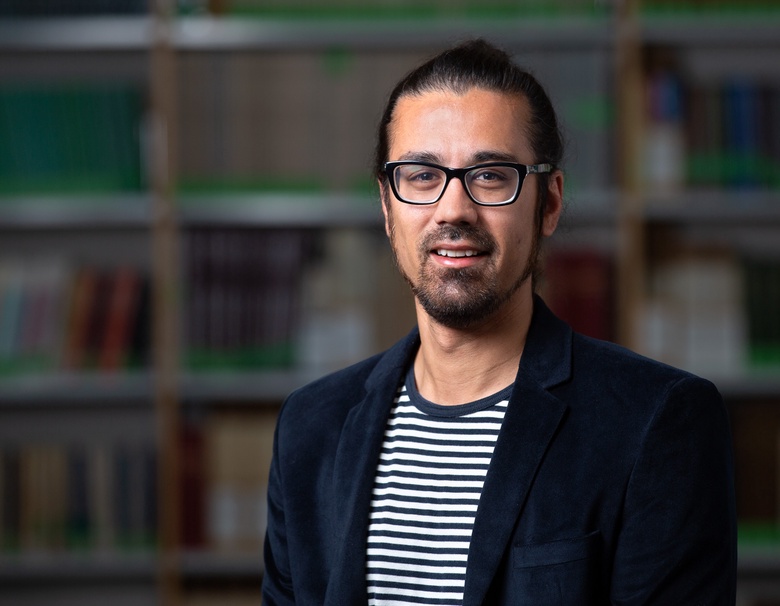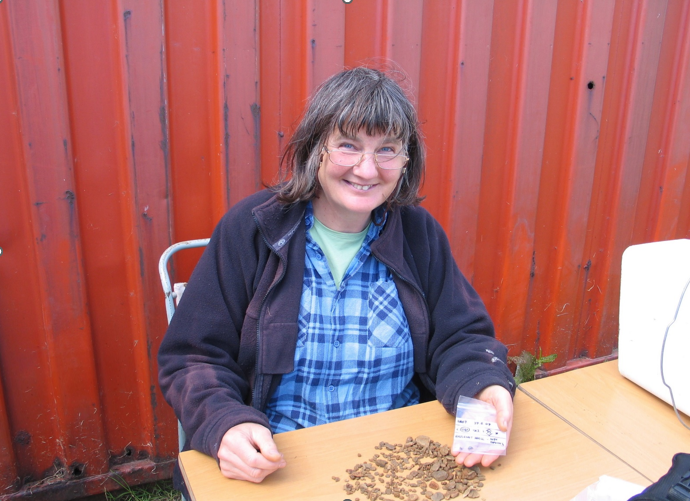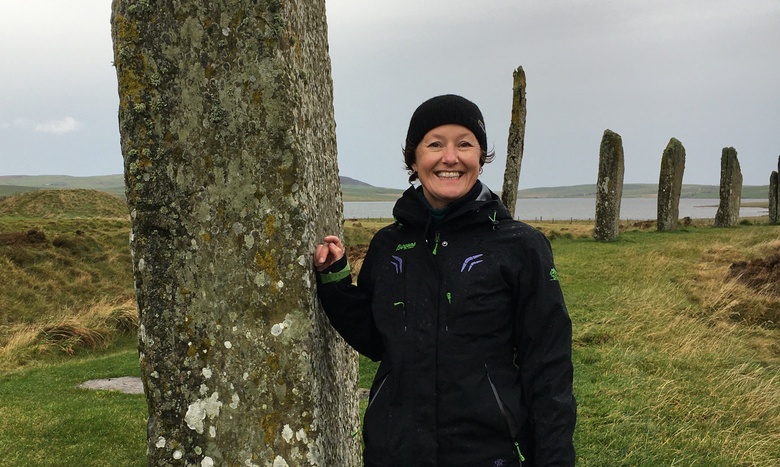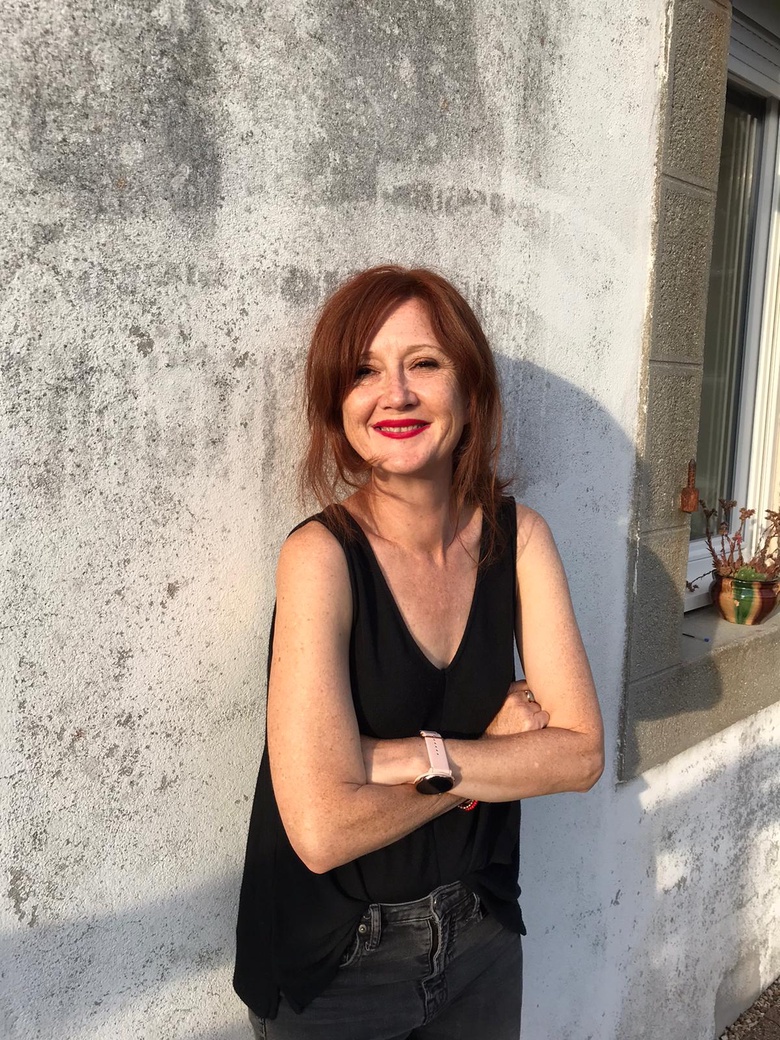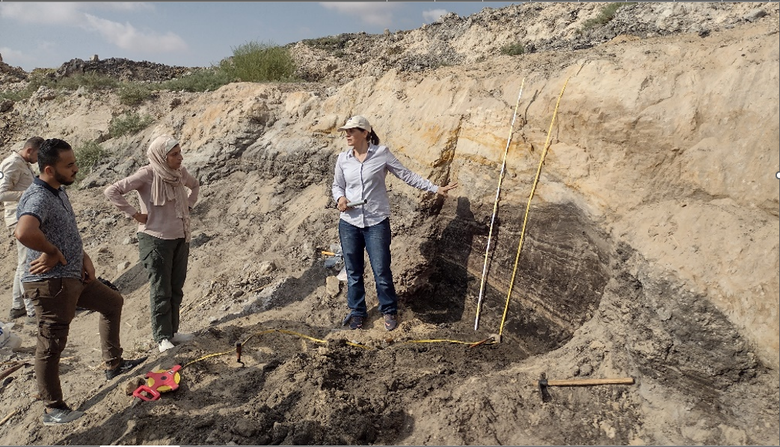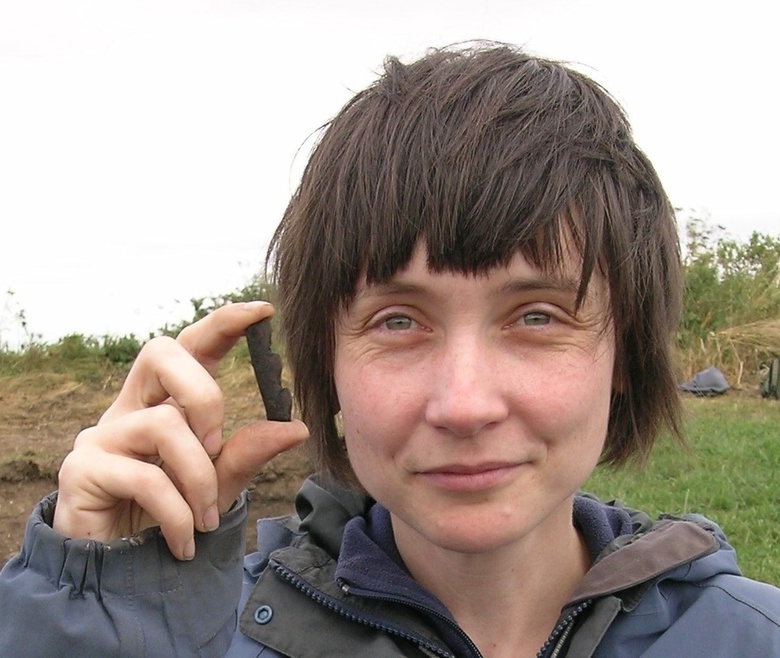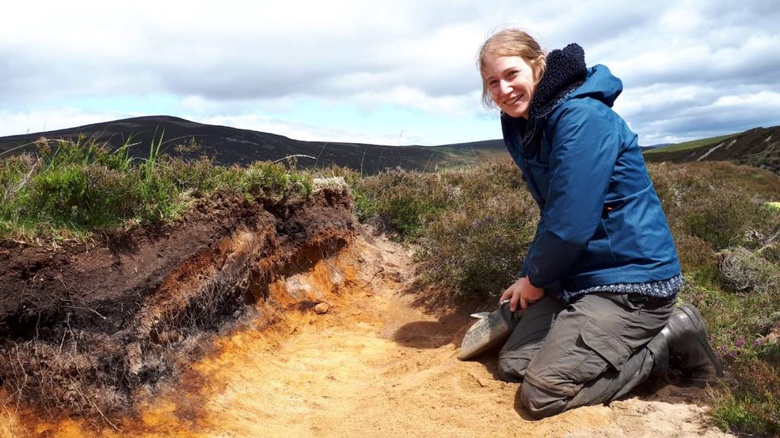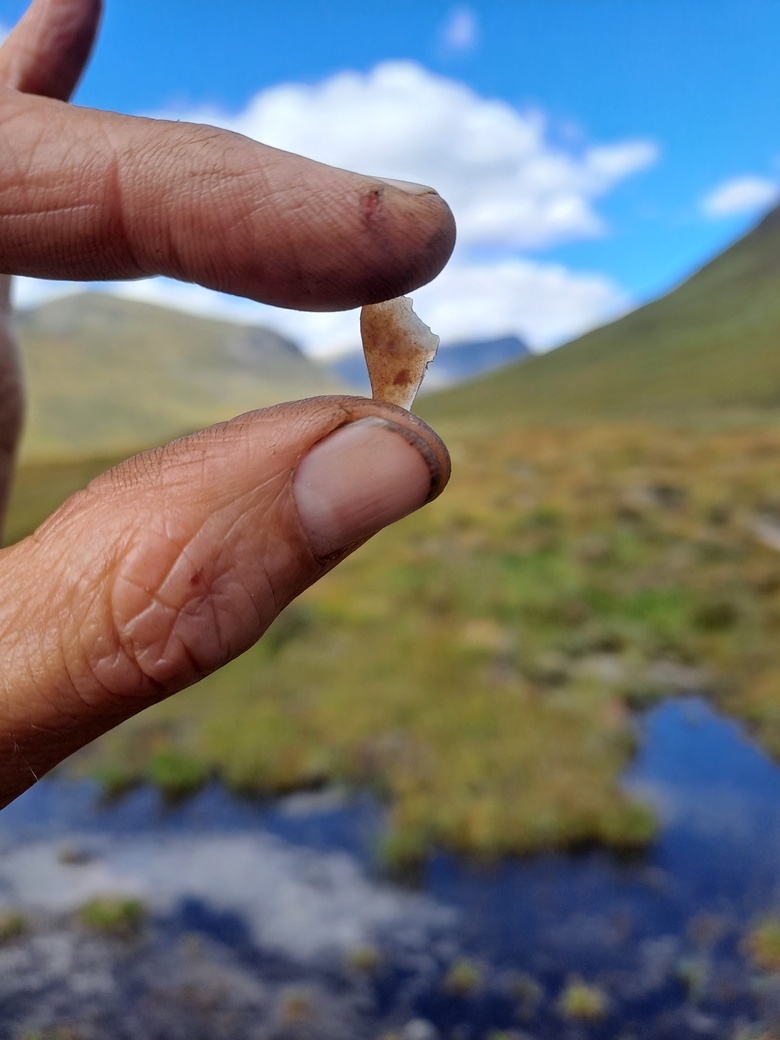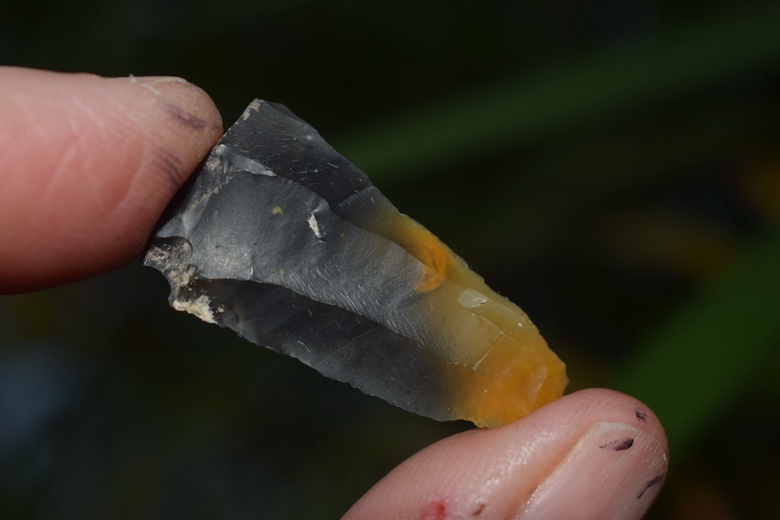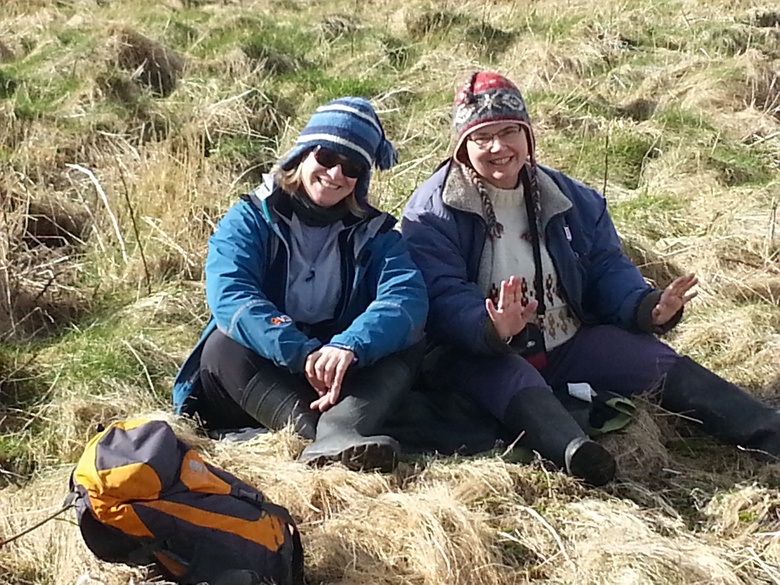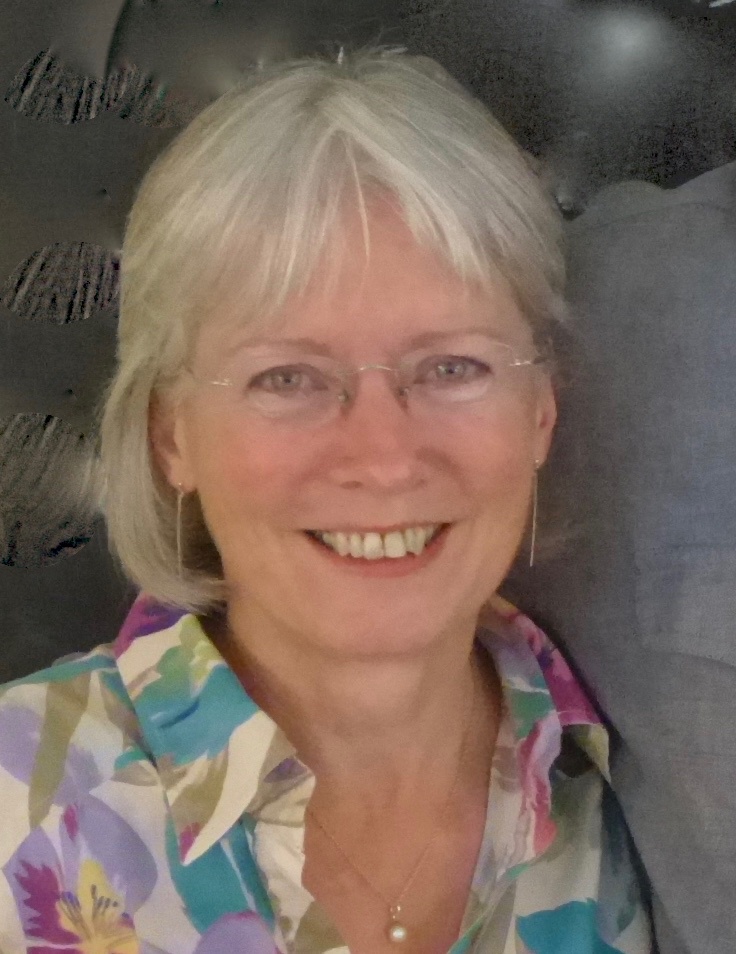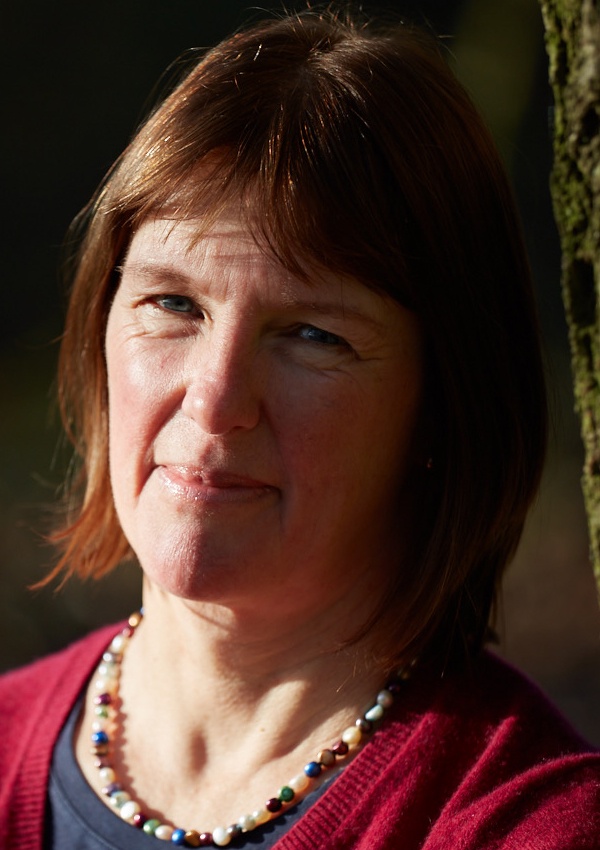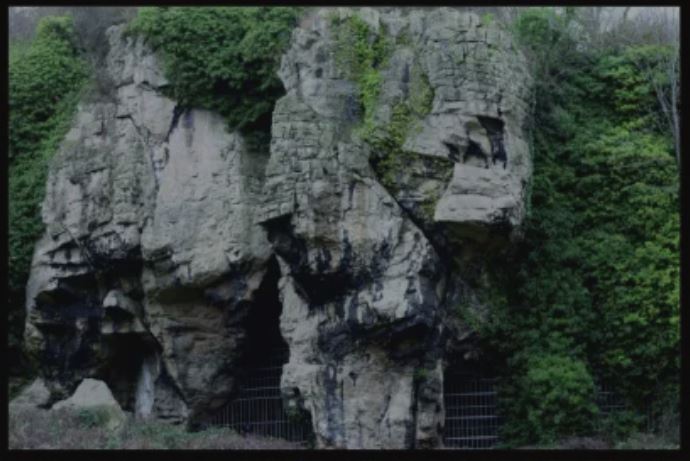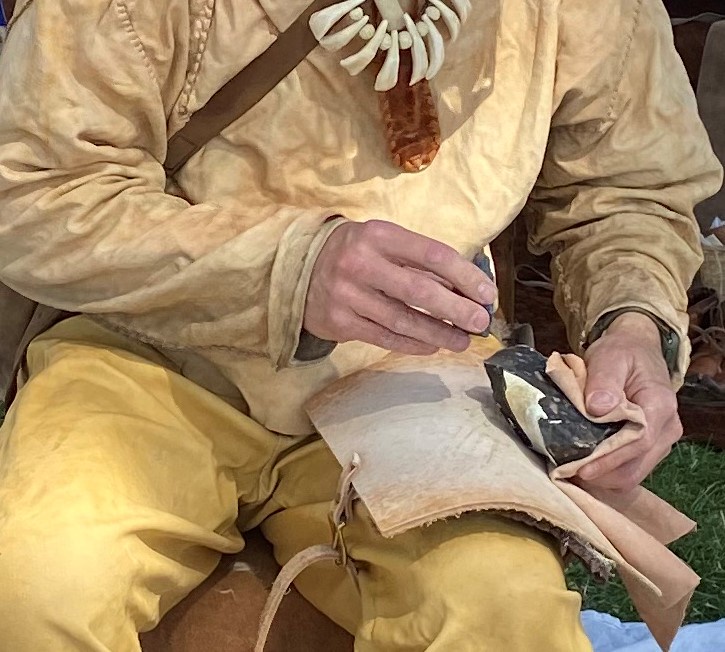We have an exciting programme planned for our two-day event, including podium presentations, exhibits including living prehistory and a sound installation, a drinks reception and a three-course banquet meal.
Below you can find information about our speakers and presenters, and our full (draft) schedule can be found here.
|
|
Kevin J. Edwards “A Rum Affair” – Recollections of a friend Kevin Edwards is an Emeritus Professor in Physical Geography and Adjunct Chair in Archaeology, University of Aberdeen. At Cambridge University, he is Senior Fellow, McDonald Institute for Archaeological Research, Emeritus Associate of the Scott Polar Research Institute, and a Fellow Commoner of Clare Hall. He is also Adjunct Professor in Anthropology in the Graduate Center, City University of New York. |
|
|
Steven Mithen and Inger Berg-Hansen The 2022 excavation at Rubha Port an t-Seilich, Isle of Islay: stratigraphy, artefacts, dates Steven Mithen is in the Department of Archaeology, University of Reading, UK, and Inger Berg-Hasen is in the Museum of Cultural History, University of Oslo. |
|
|
Shumon T. Hussain & CLIOARCH team Late Pleistocene and early Holocene hunter-gatherers in changing technological, climatic, and animal environments: a portfolio of recent work Shumon T. Hussain studied prehistoric archaeology and philosophy in Tübingen and Cologne, both German, and obtained his PhD in 2019 from Leiden University, the Netherlands. He is currently Assistant Professor at the Department of Archaeology and Heritage Studies at Aarhus University, Denmark, and specializes in deep-time hunter-gatherer archaeology, especially past human-nature relations and lithic technological organization. CLIOARCH (CLIOdynamic ARCHaeology) is an ERC consolidator grant project seeking to examine human responses to rapidly changing climates, extreme environmental events, migration and adaptation in the Final Palaeolithic and the earliest Mesolithic of Europe, between c. 15,000 and 11,000 years ago. |
|
|
Margaret Elphinstone What’s the story? Crossing the genres with Caroline Wickham-Jones Margaret Elphinstone is the author of eight novels, including The Sea Road (which won a Scottish Arts Council Award in 2001), Hy Brasil, Voyageurs, Light, and The Gathering Night. She has written mostly historical fiction, and archaeology has played a large part in her research, both for her Mesolithic novel and her two early Medieval Norse novels. In response to rapidly changing times she has recently returned to the genre of speculative fiction with which she began her writing career in 1985. Over the years she has published poetry, short stories, literary criticism and two books on organic gardening. Her working life has been spent in Scotland, apart from a short spell teaching and writing in the USA. She is Emeritus Professor of Writing at the University of Strathclyde. Writing fiction is a solitary project, but the nearest she has come to collaboration was with Caroline Wickham-Jones, one of the highlights of her working life. |
|
|
Astrid J. Nyland Were there monsters in the Mesolithic? Investigating the social impact of the Storegga tsunami using Monster as method Astrid Nyland is a Stone Age archaeologist and works as an associate professor at the Museum of Archaeology, University of Stavanger, Norway. I am currently PI for a large research project called Life after the Storegga Tsunami (LAST) funded by the Norwegian Research Council, alongside taking part in the planning of archaeological excavations in my department of Cultural Heritage Management. |
|
|
Aimée Little Reflections on the meaning of lithic tools in the lives and deaths of Mesolithic hunter-gatherers in North-Western Europe Aimée Little is a Senior Lecturer in Prehistory, Material culture and Experimental Archaeology in the Department of Archaeology, University of York. She directs the York experimental Archaeology Research Centre, which Caroline Wickham-Jones was hugely supportive of. Aimée’s current AHRC-funded project “Stone Dead” is investigating the role of stone tool grave goods within Mesolithic funerary rites and rituals. |
|
|
Bill Finlayson Inspiring Prehistory Rescued by Caroline to do work on Rum Mesolithic material during the doldrums of my PhD on use wear, primarily focussed on Scottish Mesolithic material and fortunate to collaborate with her on Scotland’s First Settlers, before I took off to live and work on the final hunter-gatherers of the Middle East. Have since mostly been researching hunter-gatherers and how they invented the neolithic. |
|
|
Chantal Conneller Caroline, dating and Anglo-Scottish Mesolithic relations Chantal is Professor of Early Prehistory at Newcastle University. She has recently excavated Palaeolithic and Mesolithic sites in Jersey (Les Varines, Les Marionneux) and Yorkshire (Star Carr). |
|
|
Rosie Bishop Plants and People in Mesolithic and Neolithic Scotland Rosie Bishop is Associate Professor in Palaeobotany at the Arkeologisk Museum at the University of Stavanger, Norway. She is an archaeobotanist and environmental archaeologist, and her research focuses on the archaeology of Scotland, North-West Europe and the North Atlantic islands. Her main research interest is the changing nature of the relationship between people, plants and the environment in hunter-gatherer and early farming societies. |
|
|
Graeme Warren, Rosie Bishop, Micheal Butler, Alice Doughty, Sam Kelley, Martin Moucheron and James Redmond Living Mountains: Prehistoric Hunter-Gatherers and their landscapes in the Cairngorms This paper presents the results of two ongoing projects. Looking Up funded by the Irish Research Council is a collaboration between Warren, Kelley and Doughty and integrates geological and archaeological approaches to better understand and manage hunter-gatherer archaeological sites in mountain landscapes. Excavations at Sgòr an Eòin, funded by the Society of Antiquaries of Scotland, are exploring a small Mesolithic lithic scatter high in Glen Dee. |
|
|
Ann Clarke and Ali Cameron When the Ice Goes the River Flows Plus information stand and launch of lithic field guide from the Mesolithic Deeside team |
|
|
Martin Bates, Sue Dawson and Richard Bates Rising Tides The great iconic Neolithic monuments of Orkney are not the beginning of the story of people in the islands. It’s now recognised that this began with the arrival of hunter-gatherers some 10,000 years ago. The discovery of this long-lost part of Orkney’s past is due in particular to the immense commitment and ability of Caroline-Wickham Jones. Through her own research and with the encouragement of others we have a far richer understanding of the early history of Scotland. The legacy of her work, including investigations in the Bay of Firth and the Lochs of Stenness and Harray, is described by members of the Rising Tides project team. This includes work both on land, on and in the water. We will describe our approach to investigating these landscapes and the results of our work todate. We will also outline where we intend to take the Rising Tides project in the future. |
|
|
Jill Harden and Lesley Macinnes Thinking outside the box: landscapes, heritage and people Throughout her career, Caroline challenged us to deepen and expand our knowledge, expectations and passions for archaeology and the historic environment. As close friends, we are taking this opportunity to return to some of her words of encouragement, enquiry and provocation. Hopefully they’ll continue to inspire in the years to come. |
|
|
Kathleen Jamie Extracts I am a poet and essayist with a long standing interest in archaeology. On several occasions I turned to Caroline for information and advice, which was always generously given. I’ll read some short extracts from my work in her honour. |
|
|
SoundTracks (Ben Elliott, Jon Hughes, Mark Edmonds) Refugium Refugium represents the culmination of a two-year, collaborative research project between the departments of Music and Archaeology at the University of York. Funded by the Leverhulme Trust, and in partnership with the British Library and Creswell Heritage Trust, this project has taken the idea of sound in the history of Creswell Crags as both a focus of analysis and the primary form of discourse. |
|
|
Jonny Cope Living prehistorian Jonny Cope will bring the Stone Age to life with an exhibit of replica Pal-Meso-Neo tools, clothing and art, and demonstrations tool, cordage and fire making. |

